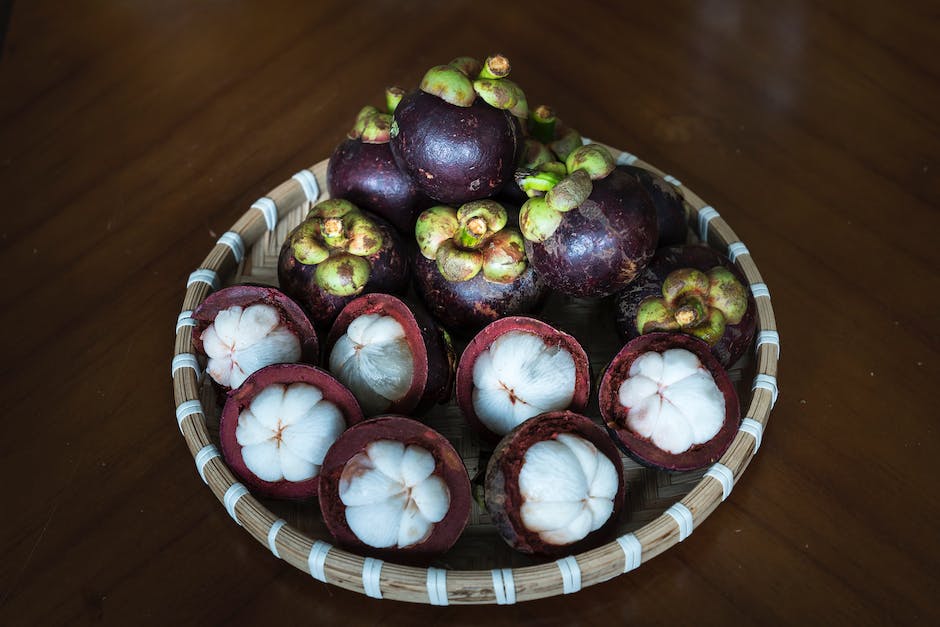How to Eat Mangosteen: A Complete Guide to Enjoying This Exotic Fruit
Mangosteen, often referred to as the “queen of fruits,” is a tropical delight that has captured the hearts of fruit enthusiasts around the globe. Its unique flavor and impressive health benefits make it a sought-after treat. If you’ve recently come across this exotic fruit and are wondering how to incorporate it into your diet, you’re in the right place. In this comprehensive guide, we’ll explore the ins and outs of eating mangosteen, from selecting the perfect fruit to savoring its delectable taste. Get ready to embark on a flavorful journey with every bite of this luscious fruit.
What is Mangosteen?
Before we dive into the intricacies of eating mangosteen, let’s understand what this fruit is all about. Mangosteen (Garcinia mangostana) is a tropical evergreen tree believed to have originated in the Sunda Islands and the Moluccas of Indonesia. The fruit itself is dark purple when ripe and contains a white, juicy interior segmented like an orange. Each segment is a burst of sweet and tangy flavors that many describe as a combination of lychee, peach, strawberry, and pineapple.
Selecting the Perfect Mangosteen
How to Choose a Ripe Mangosteen
- Look for a deep purple color without any green on the skin.
- The fruit should feel firm but give slightly under gentle pressure.
- The green calyx (the “cap” on top of the fruit) should be intact and fresh-looking.
- Avoid fruits with cracks or those that feel too soft, as they may be overripe or spoiled.
Storing Your Mangosteen
- Keep unripe mangosteens at room temperature until they ripen.
- Once ripe, store them in the refrigerator to extend their shelf life.
- Consume refrigerated mangosteens within a few days for the best taste and texture.
How to Eat Mangosteen
Preparing the Fruit
Step-by-Step Guide to Opening a Mangosteen
- Hold the fruit in one hand and gently score the middle of the rind with a knife, being careful not to cut into the flesh.
- Use your thumbs to apply pressure and twist the top and bottom halves in opposite directions.
- The rind should come apart, revealing the white segments inside.
Tips for Avoiding Mess and Waste
- Place a paper towel or napkin underneath the fruit while opening it to catch any juice that may escape.
- Be gentle when opening the fruit to avoid crushing the delicate segments inside.
Enjoying the Flesh
How to Consume the Segments
- Use a fork or your fingers to remove the segments from the rind.
- Discard any seeds you encounter, as they are bitter and not meant to be eaten.
- Savor each segment slowly to fully enjoy the complex flavors of the mangosteen.
Creative Ways to Include Mangosteen in Your Diet
- Add mangosteen segments to fruit salads for a tropical twist.
- Blend mangosteen flesh into smoothies or juices for a refreshing beverage.
- Use mangosteen as a topping for yogurt or oatmeal to start your day with a burst of flavor.
Health Benefits of Mangosteen
Mangosteen is not only delicious but also packed with nutrients that can benefit your health. It’s rich in antioxidants, particularly xanthones, which have been studied for their potential to fight inflammation and support immune health. The fruit is also a good source of vitamin C, fiber, and several essential minerals.
Potential Health Advantages
- Antioxidant properties may help protect against free radical damage.
- Anti-inflammatory effects could aid in reducing pain and swelling.
- Immune-boosting qualities might help ward off illnesses.
Conclusion: Embrace the Exotic Taste of Mangosteen
Incorporating mangosteen into your diet is a delightful way to explore new flavors while reaping potential health benefits. By selecting the right fruit, preparing it properly, and enjoying it in various ways, you can make the most out of this exotic treat. Whether you’re eating it fresh, adding it to recipes, or enjoying it as part of a healthy snack, mangosteen is sure to provide a unique and satisfying experience. So go ahead, indulge in the queen of fruits, and let your taste buds revel in the joy of mangosteen!


